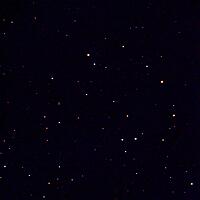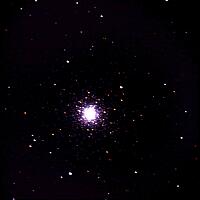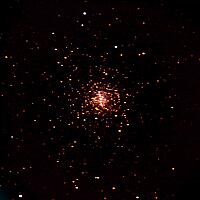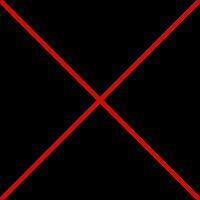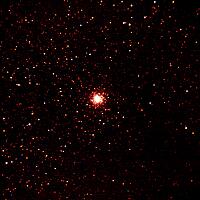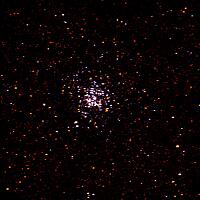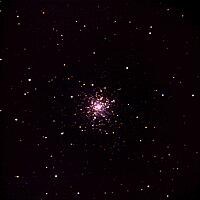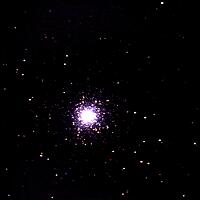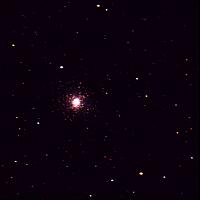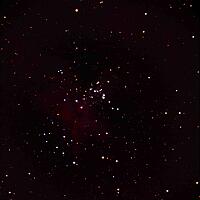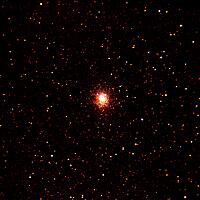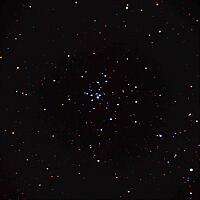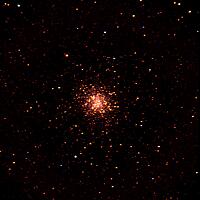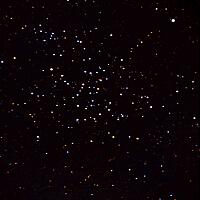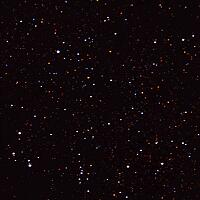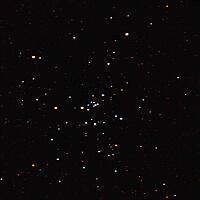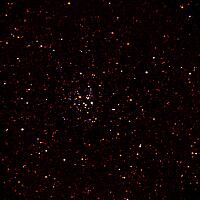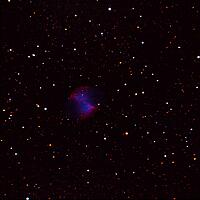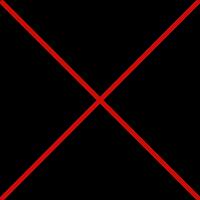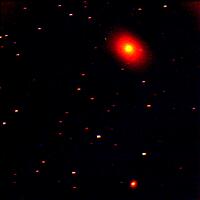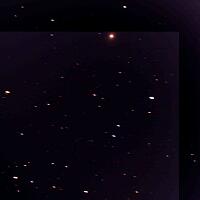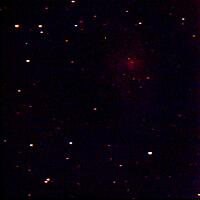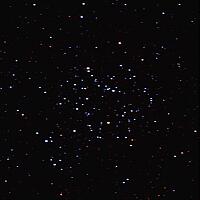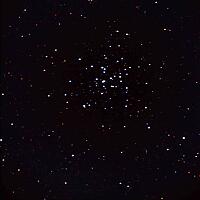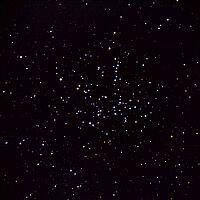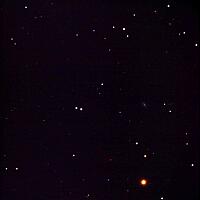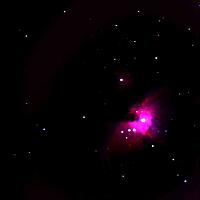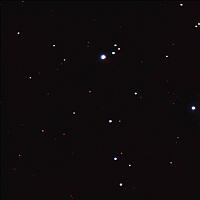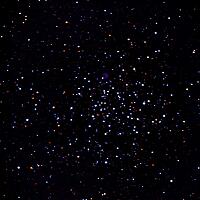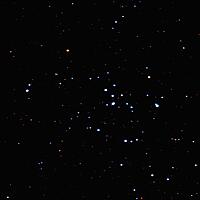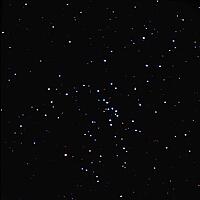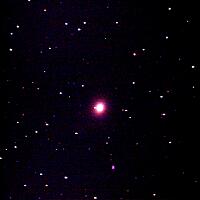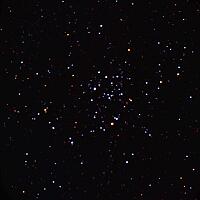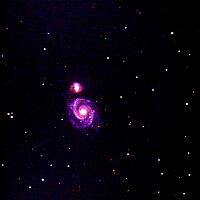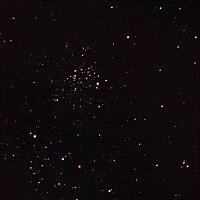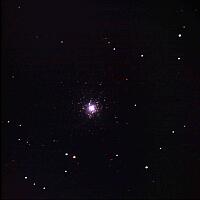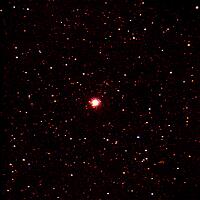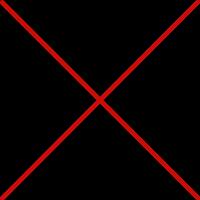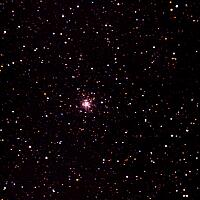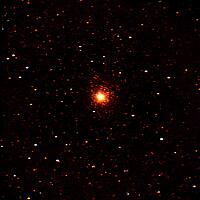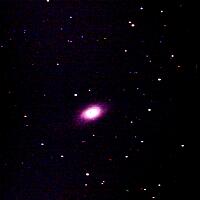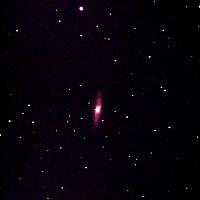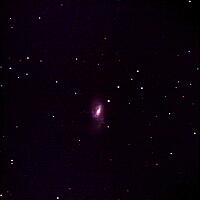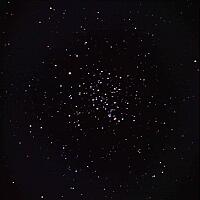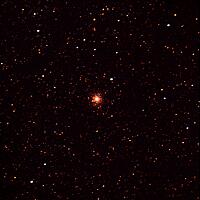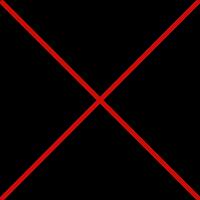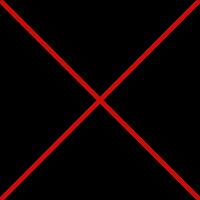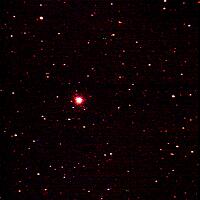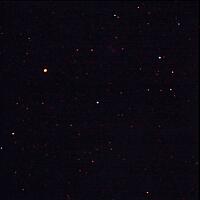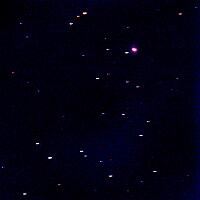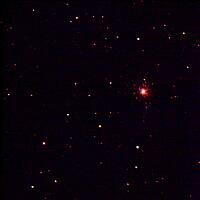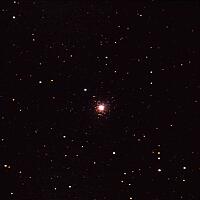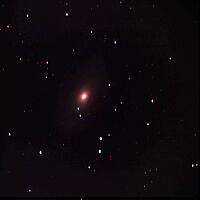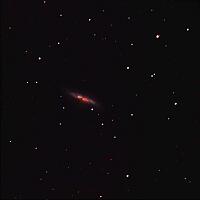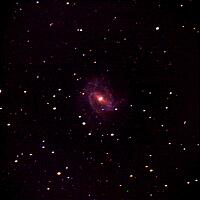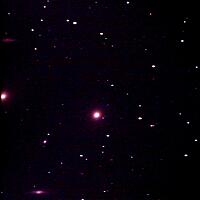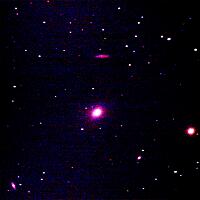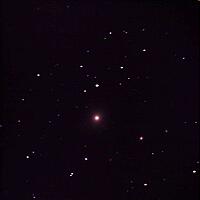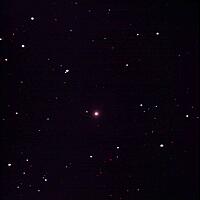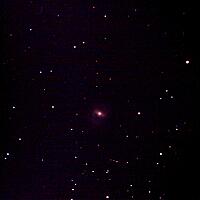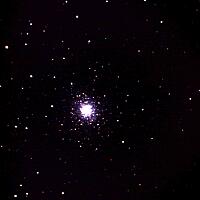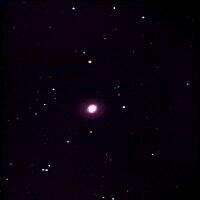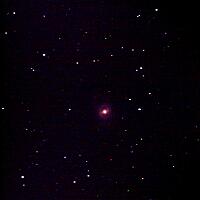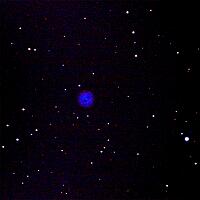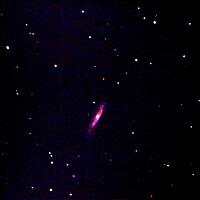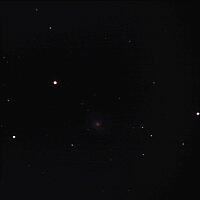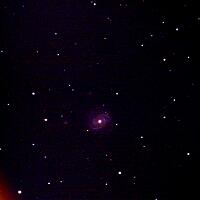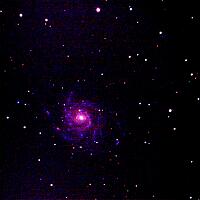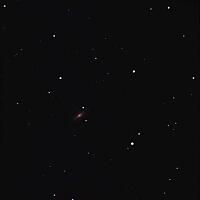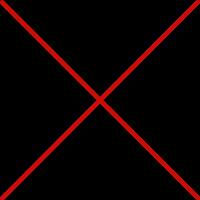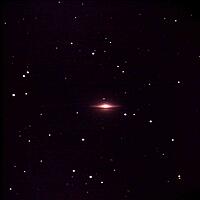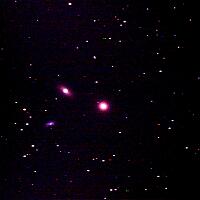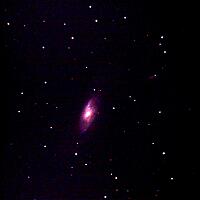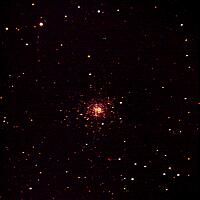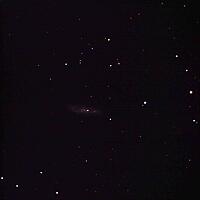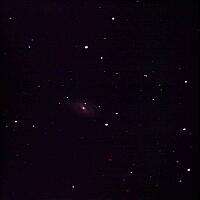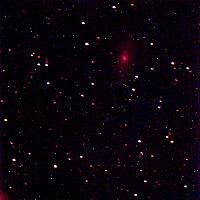Messier Marathon Images taken on 16 March 2013
Charles Messier was an 18th century French astronomer who was looking
for comets. He made a list of objects in the sky that were NOT
comets so as to avoid them. They are some of the brightest and
most interesting objects in the night sky. His 4-inch telescope
did not reveal the details of these objects so he just saw them as
fuzzy things that looked similar to comets...
There is one time of the year that from dusk to dawn, it is possible to
see all 110 Messier objects by staying up all night. That time
coincides with the new moon (so it doesn't wash out the sky) and late
March or early April depending on the day of the new moon.
Two years ago, a challenge was issued by the Saguaro Astronomy Club and
communicated to the East Valley Astronomy Club to attempt to photograph
all 110 objects in one night. I spent about three weeks making
modifications to HandyAvi to automate the process. On 1 April,
2011, I achieved the results shown here. I only got 108 objects in 2011. Missed one due to a typographical error I made. The other one was just too dim to see against a bright morning sky.
In 2012, the sky was almost totally cloudy. I got nothing.
In 2013, after prodigious amounts of work at home testing, making telescope pointing corrections, training Periodic Error Correction, etc., I tried again. I was hoping to get all 110 objects. Unfortunately due to one overlooked item on my checklist, i.e., "check generator oil" the generator ran low on oil and stopped! I only got 103 objects as shown here:
Click any thumbnail image below to see a larger image.
Additional information:
Interesting atmospheric phenomina. A couple of us who were shooting the marathon compared notes in the early evening. We found that we were both experiencing star trails in the RA direction. I knew I had carefully trained Periodic Error Correction so could not understand how I could be getting RA star trails. We were both shooting unguided of course. We then discovered, via the Internet, that the jet stream was right above us on the night of the the marathon. I now believe that there were pressure waves above us that were primarily in the RA direction (East/West) that caused the stars to appear to move back and forth in the RA direction. I was taking 3 70 second images of each object. Some of the images had perfectly round stars. Some had trails. When the images are averaged together they look better than expected. The trails are diminished if at least one of the three images is not showing trails.
Some of these images could be enhanced by further processing. I will consider doing that at a later date... I fully automated the image processing using Maxim DL scripting commands in Visual Basic. Saved MANY hours of time that I would have had to spend doing it the hard way... (Bring up three images, run calibration on each, convert Bayer image to color image, register the three images, combine the images, run Kernel filter, auto flatten background, save image, delete intermediate images - for 110 sets of three images each...)
HandyAvi Modifications (See bottom of 2011 page)
Equipment
Meade LX-200 Classic f/6.3 scope. TCF-S temperature compensated focuser. f/6.3 focal reducer. 12 mm spacer. SBIG ST-4000XCM single-shot color camera. Scope operates at f/5.6 in that configuration as determined by "Pinpoint Astrometry" plate-solve in Maxim DL.Trials and tribulations
Had an item on my check-list to check the generator oil. Didn't remember to check it anyway. Generator stopped early in the evening which caused me to have to reassign times for shooting the objects. A couple of objects were then skipped because the time overlapped. Generator also failed early in the morning causing me to miss M72, M73, and M30. M30 might not have been possible in any case due to early morning light but the other two should have been obtainable.

